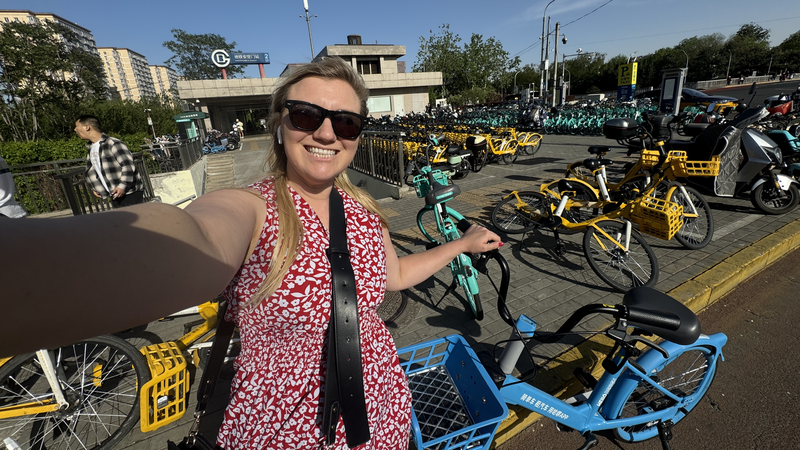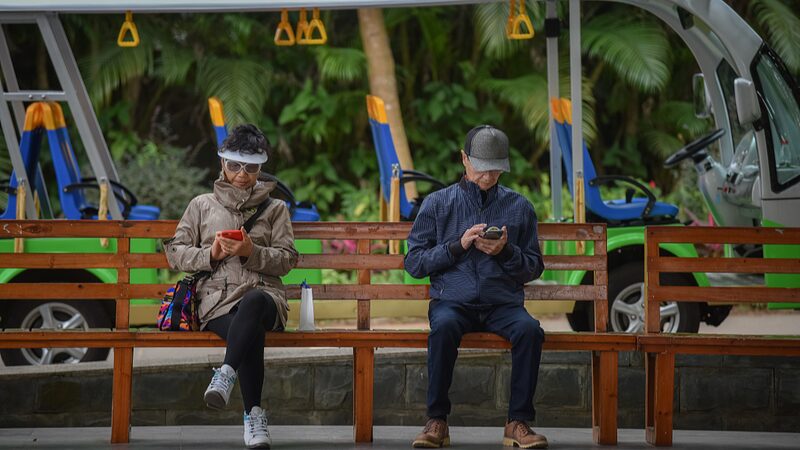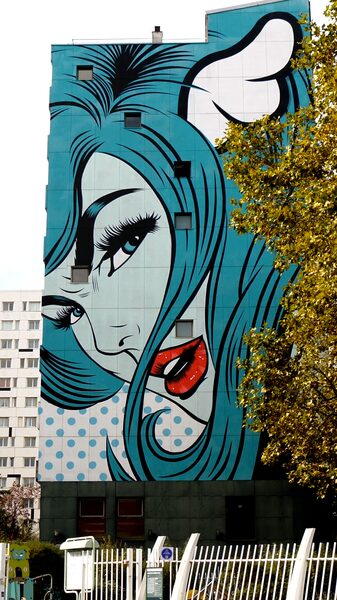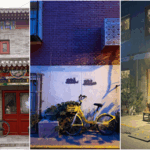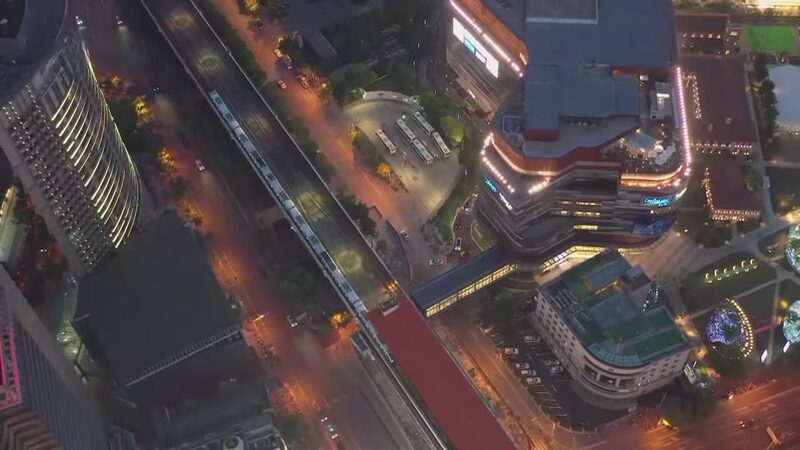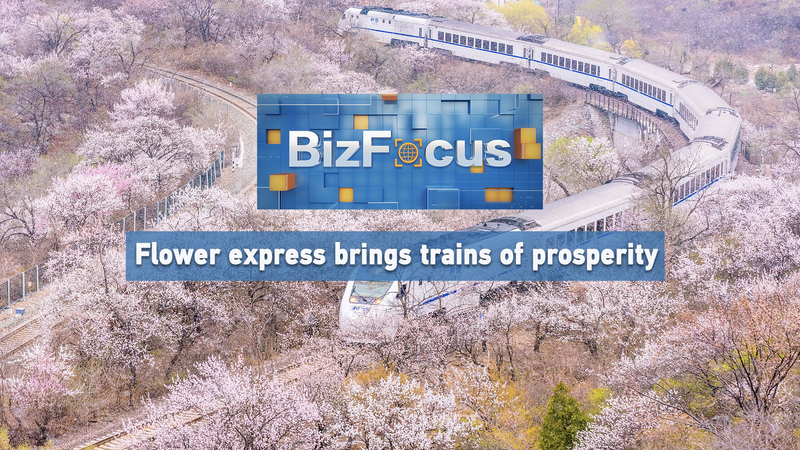For millions of residents and visitors, Beijing's sprawling urban landscape demands efficient transportation solutions. A typical day's commute reveals why 24 million people rely on the city's integrated transit network – where affordability meets accessibility.
Subway: The Backbone of Mobility
With fares starting at ¥3 (about $0.40) for 6 km and capping at ¥10 ($1.40) for longer distances, Beijing's 27-line subway system remains the most cost-effective option. Morning commuters like Zhang Wei, a tech professional, confirm: 'The Line 10 express gets me from Haidian District to Guomao in 35 minutes – cheaper than coffee.'
Shared Bikes: Last-Mile Revolution
Dockless bikes from Meituan and HelloBike dominate sidewalk racks, offering 30-minute rides for ¥1.50 ($0.20). Tourist Elena Martinez notes: 'These bikes saved me ¥50 daily compared to taxi hops between hutongs.' Evening discounts often reduce fares by 50%.
Taxis: Metered Convenience
Flag-down rates begin at ¥13 ($1.80), with Didi Chuxing app fares averaging 30% below New York or Tokyo equivalents. A 10 km daytime trip typically costs ¥35-45 ($4.80-$6.20). Frequent rider Li Ming explains: 'I split cab fares with coworkers when carrying equipment – still cheaper than parking fees.'
Pro Tip: Transit apps like Alipay integrate subway, bike, and ride-hailing services with English-language interfaces for international visitors.
Beijing's transport authority reports 44% of commuters now combine multiple transit modes daily, supported by unified QR code payment systems. Student and senior citizen discounts further enhance accessibility, maintaining the city's reputation for inclusive urban mobility.
Reference(s):
cgtn.com
